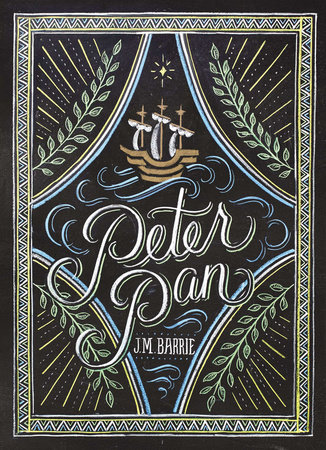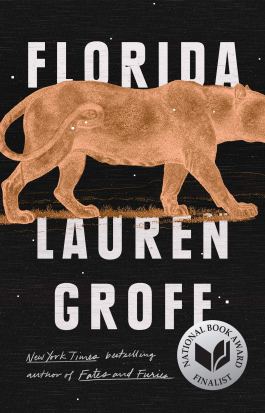 The Strange Library, Haruki Murakami
The Strange Library, Haruki Murakami
Written as a children’s novella, the English translation of this book by Haruki Murakami (Kafka on the Shore and Wind Up Bird Chronicle are probably his most well-known in the United States) isn’t exactly a graphic novel, but it’s not not a graphic novel, either. The book opens as if opening a package, with a flap on the bottom and a flap on the top, making it difficult but not impossible to read while commuting to work on public transportation. The entire, short, book is written in an overly large and stylized typeface, and throughout there are large illustrations that serve more as comics panels—and have the look and feel of them—than as pictures in a book.
The story itself is of a young boy who is returning books to the library just before closing time and decides to ask for some additional books on Ottoman tax collecting, a topic that had just popped into his mind. He is invited to go down to a room he has never seen before, room 107, where a old man says he can help him but only if he stays in the “reading room”, which happens to be a small cell at the end of a labyrinth guarded by a man who is covered in sheepskin (as in, looks like a bipedal sheep with a human face) and learns that he will have one month to learn everything and his brains will be eaten. The way that he arrives in this situation could likely be a case study in a book teaching people to trust their instincts and the dangers of social conditioning, or, conversely, by pick up artists, as we learn several times that the narrator wishes to go home and knows his mother will be concerned, but is unable to refuse any ridiculous requests and disappoint the old man or see him be mad at him.
As with most Murakami books, reading this story is akin to having a disturbing dream. Nothing in the book makes objective sense, and nothing is as it should be, and yet somehow it makes sense in the telling and it just seems proper that there is an invisible, beautiful girl and the sheep man is frying donuts.
This was a remarkably short book and quick read, and such a strange story, but deeply a Murakami adventure. The illustrations and oddness of the book itself added to the experience of the story. I feel as if there was much I was missing, as if it was an allegory I couldn’t fully see or full of allusions to other myths and stories, but it was also a fascinating tale in and of itself. Finishing any Murakami book always leaves the reader wondering what exactly they just read, but it’s not an unenjoyable feeling.
Filed under: Book Reviews, books, literature | Tagged: book review, books, graphic novels, haruki murakami, japanese fiction, the strange library, young adult literature | 1 Comment »


 Peter Pan, J.M. Barrie
Peter Pan, J.M. Barrie Florida is a strange place. Most people are aware of that, although primarily through vague stereotypes.
Florida is a strange place. Most people are aware of that, although primarily through vague stereotypes.  The Hedgehog, the Fox and the Magister’s Pox, Stephen Jay Gould
The Hedgehog, the Fox and the Magister’s Pox, Stephen Jay Gould The Cloister Walk, Kathleen Norris
The Cloister Walk, Kathleen Norris Small Gods, Terry Pratchett
Small Gods, Terry Pratchett